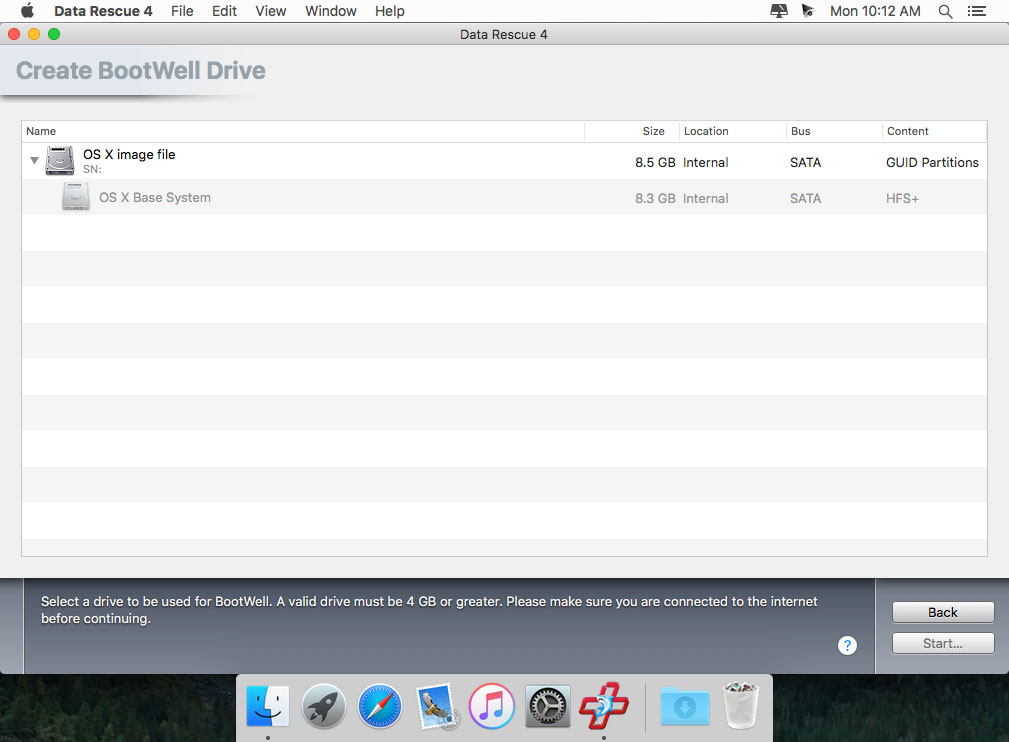

(I discussed these features in detail in my original review.) Ability to create custom copy scripts (for example, to make a clone that omits particular files/folders).Ability to save sets of backup/clone settings.Four different copy options: erase volume and copy smart update copy newer files copy different files.
 Four different types of clones: Backup – all files Backup – user files Safety clone – shared users and applications and Safety clone – shared users. Macworld liked SuperDuper 1.5.5 so much we gave it a 2005 Eddy Award. It also includes a number of advanced features that make it useful to network administrators and IT personnel. SuperDuper does the job right, and does so via an easy-to-use interface-it can even update an existing clone with just the latest changes to the original drive. Unfortunately, because of invisible files and permissions issues, you can’t simply drag the contents of one volume onto another to get a good copy, as you could in Mac OS 9 and earlier. You can erase your main hard drive, install Mac OS X on it, and then use OS X’s Migration Assistant to import all your user accounts, files, and applications from the clone.) (Clones are also useful when rebuilding your Mac-as I found out this past weekend after a power surge wreaked havoc on my system. A clone is a great approach to backing up your hard drive: Should anything should ever happen to your main drive, you just reboot from the clone and you’re up and running in no time.
Four different types of clones: Backup – all files Backup – user files Safety clone – shared users and applications and Safety clone – shared users. Macworld liked SuperDuper 1.5.5 so much we gave it a 2005 Eddy Award. It also includes a number of advanced features that make it useful to network administrators and IT personnel. SuperDuper does the job right, and does so via an easy-to-use interface-it can even update an existing clone with just the latest changes to the original drive. Unfortunately, because of invisible files and permissions issues, you can’t simply drag the contents of one volume onto another to get a good copy, as you could in Mac OS 9 and earlier. You can erase your main hard drive, install Mac OS X on it, and then use OS X’s Migration Assistant to import all your user accounts, files, and applications from the clone.) (Clones are also useful when rebuilding your Mac-as I found out this past weekend after a power surge wreaked havoc on my system. A clone is a great approach to backing up your hard drive: Should anything should ever happen to your main drive, you just reboot from the clone and you’re up and running in no time. 
Last June, I wrote about SuperDuper 1.5.5 ( ), which I’ve found to be the best way to make a bit-for-bit-identical clone of a Mac OS X volume.







 0 kommentar(er)
0 kommentar(er)
